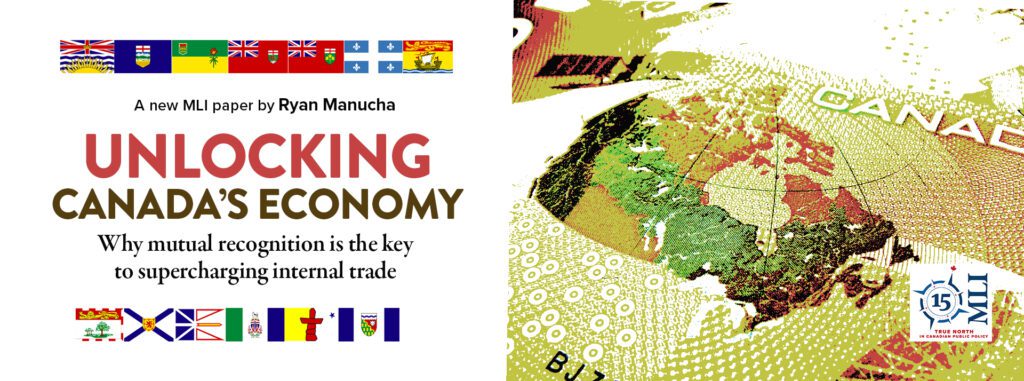This article originally appeared in The Hub.
By Jack Mintz, April 8, 2025
Conservative leader Pierre Poilievre announced a proposal on March 30th to enable investors and businesses to defer capital gains taxes if the proceeds are reinvested in Canadian business assets. Naming it the “Reinvestment Tax Cut,” it enables investors to rollover assets into new profitable Canadian opportunities without immediate capital gains taxes until the end of 2026.
Significant dynamic economic benefits can be realized by providing capital gains rollovers. Since capital gains taxes are applied only when assets are sold, investors and businesses tend to hold less profitable assets for longer periods of time in order not to trigger capital gains assets. Known as the lock-in effect, productivity is undermined since less capital becomes available for new opportunities that would yield better returns.
For this reason, Canada’s tax system has provided rollover opportunities on a limited basis. For example, when companies are reorganized, such as in the case of a merger and acquisition or amalgamation, assets are transferred at their asset’s original cost, thereby deferring capital gains to later years. Assets can be transferred on a deferral basis by entrepreneurs investing in Canadian-controlled private corporations if the proceeds are used in an eligible business.
However, for Mary and Joe as investors, no rollover enables them to avoid paying tax when rebalancing their portfolios or replacing real estate property with better investments. In 2006, Thomas Wilson and I argued in favour of a capital gains deferral account that would enable the general population to avoid the injurious lock-in effect. Although our proposal would limit the account’s size, in spirit, it is consistent with the Conservative proposal. The Conservative focus on proceeds being invested in Canada addresses another issue—the flight of capital to other countries in recent years.

With Philip Bazel of the University of Calgary School of Public Policy, I have been able to estimate the impact of the capital gains rollover on investment, GDP, and employment. Of the roughly $200 billion in 2023 taxable personal and corporate capital gains, only a portion would be deferred if reinvested in Canadian business assets. Instead, many will sell assets to buy homes and other ineligible assets, be consumed, or be subject to capital gains tax upon departure from Canada or at death. Overall, we estimate that holding periods for assets held by households and non-financial companies will increase on average from 6.6 years to 9.1 years. Based on the distribution of household and corporate assets, we estimate that 29 percent of assets would be rolled over into Canadian business assets.
The effect of the rollover provision is to reduce the hurdle rate for Canadian non-financial investments by 2.6 percent (from a net-of-risk hurdle rate of 4.1 percent to 3.9 percent). Over a year and a half, this will generate $12.4 billion in capital investment. GDP will rise by $90 billion and business hirings by 280,000 employees.
The capital gains proposal is an antidote for our lagging productivity and current world turbulence due to American tariff policies. No matter who wins the election, the capital gains rollover should be implemented and, if anything, made permanent rather than limited to a short time.
